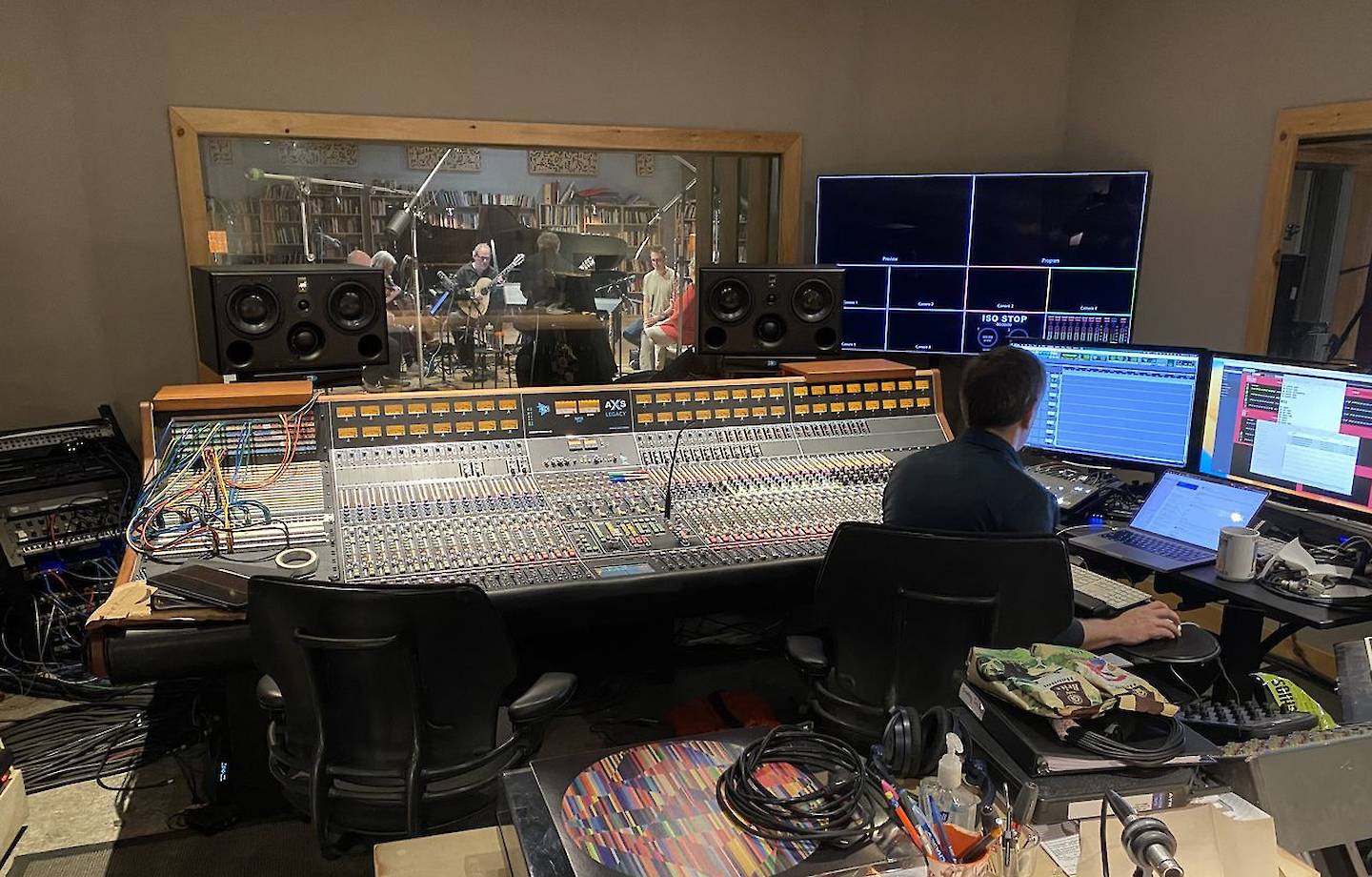The Mind of Two: Gleanings of The Last Boykan Student
The Mind of Two
Boykan's Diptych is now in the can at Oktaven Studios and I'm still glowing.
Great thanks to Oktaven Studios; Ryan Streber, producer; Scott Wheeler, producer; Susan Schwalb, Tara Helen' O'Connor, flute; James Austin Smith, E. horn; Natasha Brofsky, cello, Cal Wiersma, violin.
In conversations with Marty at his Lower East Side apartment he mentioned that what he most hoped to impart to his students is a sense of what makes a phrase. That was so broad, but now I see that it served as a lure. He pointed me in certain directions. Looking in those directions, there was much to find. He pointed to a middle ground thing and from there the background fell into my lap.
I go into Diptych HERE.
Diptych put his money where his mouth was, showing that words don't really come close, but in the music there is a world of musical knowledge that is very rare and deserving of our uptmost attention.
Diptych shows a mind of two. That sounds better than, "a mind of dip".
The two "panels" relate to one another in a manner that is cumulative, making an expressive moment in the first panel, remembering it, enlarging upon it, consummating it in the second panel.
I understand that some thought of Brandeis as Princeton North. That was meant as a compliment. On the other hand, there was ambivalence among the Princetonians, a feeling that the work of the Brandeis composers never managed to rise to the challenge of achieving a compelling large scale form. Boykan proves that wrong.
And who knows what the Brandeis composers had to say about the Princtonians? Well, I do. In combative moments, Babbitt was considered a theorist, not a composer. Marty was never combative. I don't know what the Brandeis crew thought of Sessions.
Then there's Arthur Berger.I met him only once. I will not get into his head, but I suspect his music speaks for itself and deserves our attention. I played his trio for guitar, piano and violin on a Washignton Square Concert. He attended.
Diptych is large scale enough, and more transparent than much of Babbitt's work. Babbitt's vision for the large scale was dazzling, but unless I'm immersed in it as a player, listening back to my recording, I easily get lost. Note: when I'm performing I'm even more easily lost because I'm thinking about my fingers and my sense of where I'm taking the phrase, and if I'm in front of an audience I'm thinking, "are they getting this?" But listening back to my recordings I understand every note and it's all a great joy, moreso because of the difficulty getting there. In Swan Song and parts of the 6th string quartet I feel Babbitt achieves a remarkable transparency even given that what he's attempting is terribly ambitious. Also, Swan Song & 6th quartet share time points.
In my experience, the most successful large scale forms from Princetonians are in the works of Andrew Imbrie and David Del Tredici. I have not studied Sessions enough, but I quite like his Concertino. Put a pin in Sessions for now. Put a pin in Westergaard. His opera The Tempest and Mr. Mrs. Discobbolous are wonderful and not at all opaque. Westergaard was a doer like Dina Koston. He founded the orchestra, founded the opera compandy, raised the money and wrote the operas.
Del Tredici is often up to his trickster stuff, but his Herrick's Oratorio is on a scale far larger than what Boykan ever attempted. It's the work of a trickster, but he brings into play the soundworld of his early less tonal work for all his A-roll moments. The trickster modality becomes B-roll, for me. I relax when the language is simple. I'm drawn in, I focus my attention when he pushes into less familiar sound worlds. I also think Del Trecdici's 2nd string quartet is a marvel.
Imbrie's Adam is a knockout and we have to thank Anthony Korf and Harold Rosenbaum for putting on Adam. I can't speak about it because I've not looked under the hood. Really, what Imbrie needed to do was write for guitar so that I can have that visceral entree into his world. I'm not crazy about the little guitar solo. Imbrie might be best in his large scale works?
I mentioned in my Boykan Notes that for me, his diatonic moments, often in the guitar part, are A-roll, dissolving into chromatic B-roll. This is the opposite of what I describe in Del Tredici's music. In Boykan, the point here is that there is, for me, a moment to let go, admit you're lost, and feel gleams of light through a chromatic thicket, teasing us toward the A-roll moments that expand on those gleams of light. In the A-roll bubbles we can remember parallelisms over long time spans; a conversation can unfold over those long time spans.
Babbitt's way of working, committed to arrays, provides few opportunities to let us relax, too little B-roll, excepting Swan Song.
I see Boykan's work as a beacon. He answers my musical questions in spectacular fashion. I will never forget.

